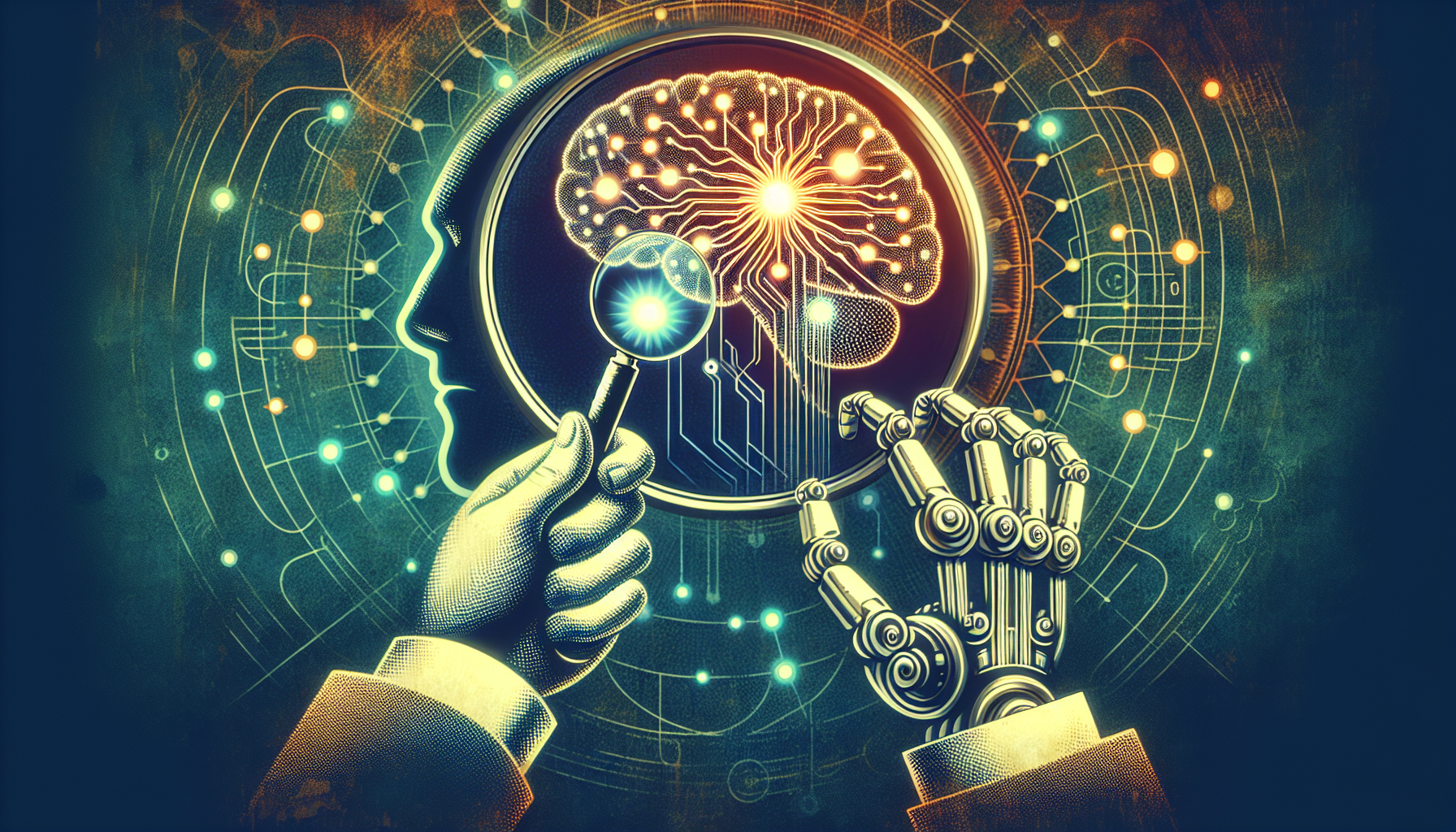Hans Peter Brondmo, the former head of Google’s bold robotics project known as Everyday Robotics, has shared deep insights into the challenges and hopes of creating AI-powered robots. Brondmo’s journey, which he elaborated in a Wired article, gives us a rare peek into the intricate world of merging AI with robotics and what lies ahead.
The Mission and Its Challenges
In 2016, Brondmo joined Google X, Alphabet’s secretive innovation lab, to lead a mission focused on AI in robotics. His goal: to unite the employees and technologies from nine different robotics companies Google had acquired, aiming to build helper robots that could live and work among humans.
This mission was far from easy. One of the biggest challenges was translating AI’s intelligence into real-world actions. Despite making significant strides, the robots were still confined to completing simple, well-defined tasks. For example, it took seven robots several months to learn how to pick up a rubber duckling. This struggle highlighted the significant gap between AI’s simulated capabilities and its real-world applications.
Innovations and Milestones
To address these hurdles, Brondmo’s team developed a cloud-based simulator. This tool allowed them to create over 240 million robot instances in 2021, speeding up the learning process. By the time Google decided to discontinue the project in February 2023, the robots had achieved remarkable feats. They could help clean up researchers’ desks, sort trash, and even perform improvised dances with the assistance of a professional dancer and AI algorithms.
The Need for Real-World Data
Brondmo emphasized that creating AI-powered robots that can operate flexibly in the real world will take more time than initially thought. He believes vast amounts of real-world data are crucial to training AI models effectively. This data is necessary to enable robots to perform a broad range of tasks beyond the narrow ones they can handle today.
Long-Term Investment and Global Challenges
Despite the end of Everyday Robotics, Brondmo remains hopeful about the future of AI-powered robots. He stresses the importance of long-term investment and focusing on major global challenges rather than short-term gains. His personal experiences, including his mother’s battle with advanced Parkinson’s disease, have strengthened his belief in the need for robots that can assist humans in their daily lives.
Future Prospects
The story of Everyday Robotics provides valuable lessons for the wider robotics and AI community. It highlights the necessity of patience, persistence, and a long-term commitment to research and development. While Silicon Valley and venture capitalists often seek quick returns, developing AI-powered robots that can seamlessly integrate into human environments will likely take decades of continuous effort and innovation.
In conclusion, Hans Peter Brondmo’s insights offer a sobering yet hopeful view of the complexities and possibilities in AI-powered robotics. As this field continues to grow, significant progress will hinge on consistent investment, extensive real-world data collection, and a dedication to solving broader global issues. Despite the challenges, the future of AI-powered robots holds promise, with the potential to revolutionize how we live and work.

Leave a Reply